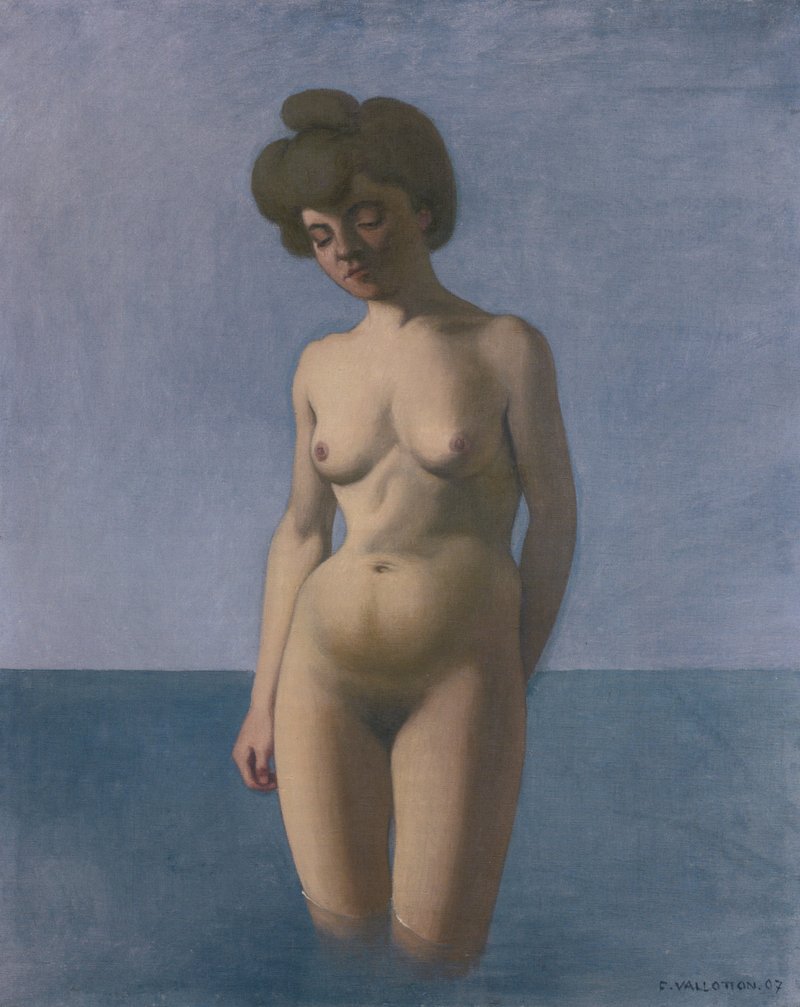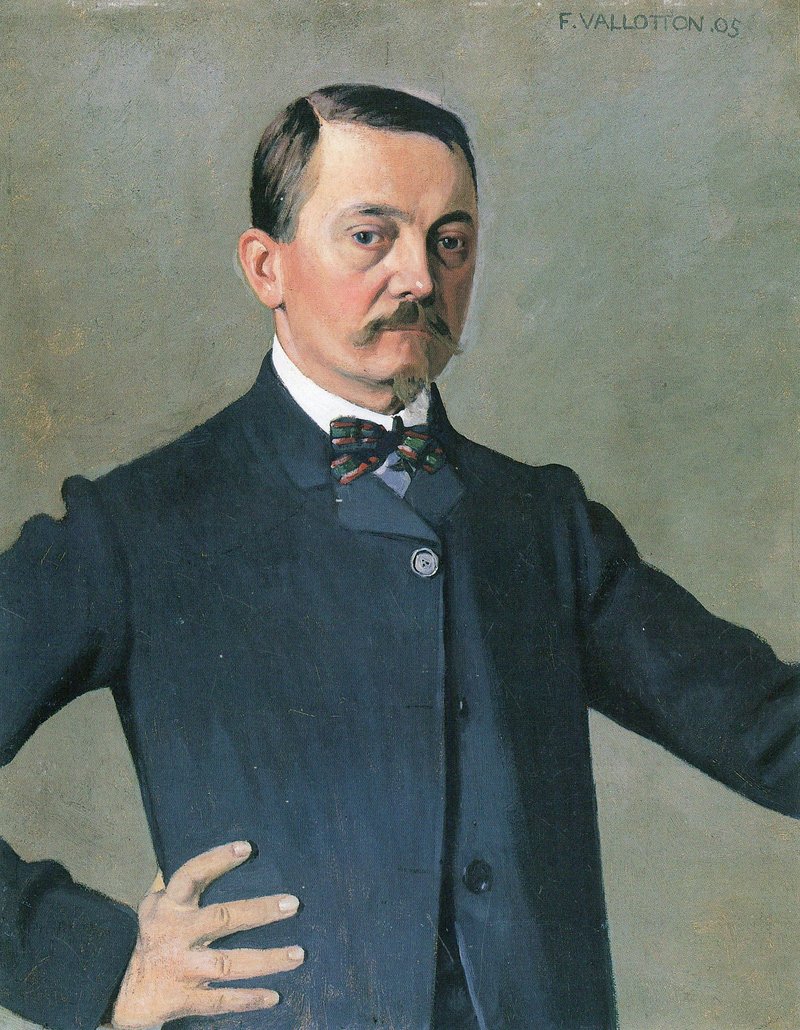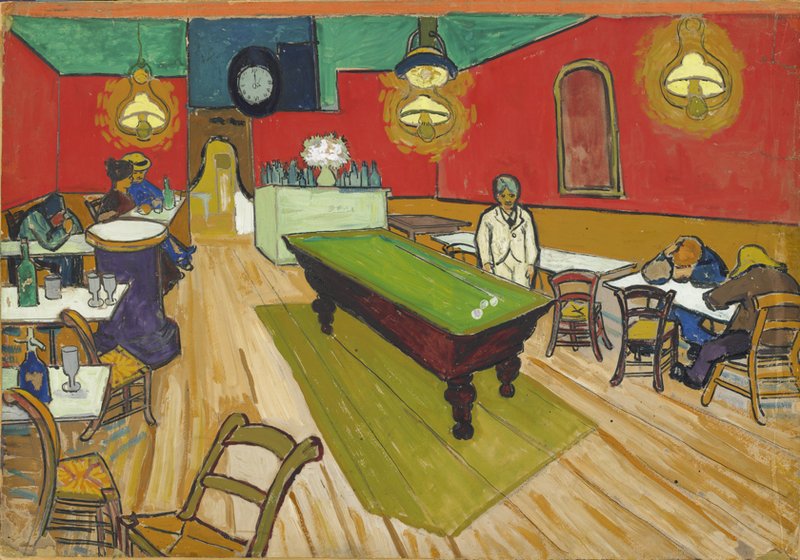Collection II – Modernity
After laying the foundations for modern painting with the Swiss artists Ferdinand Hodler and Giovanni Giacometti, Hedy and Arthur Hahnloser focused increasingly on France. Once again, their artist friend Carl Montag took on an important mediating role, being that he lived in Paris and was very well connected there. From here, he informed his collector friends in Switzerland about the latest developments in art and established contacts between artists and collectors.

Félix Vallotton, Baigneuse, 1907
Courtesy Hahnloser/Jaeggli Stiftung
In May 1908, Hedy and Arthur Hahnloser travelled to Paris, as they did several times each year until the war. This trip was prompted by their new friend Giovanni Giacometti, who reported enthusiastically about the Paul Cézanne exhibition, which he had experienced as a revelation. Hedy and Arthur visited the Impressionist and Post-Impressionist galleries as well as Vallotton, from whom they returned with the painting Baigneuse from 1907.
The Baigneuse quickly made a name for herself. Word spread in Winterthur that a naked woman was hanging on the Hahnlosers' wall – and so some of the children's school friends were forbidden by their parents to go to the Villa Flora.

Félix Vallotton, Self-portrait, 1905
Kunsthaus Zürich
Vallotton was part of the Nabis group, whose other members similarly attracted the interest of the collector couple. Purchases from Pierre Bonnard and Edouard Vuillard soon followed. But also other protagonists of French modernism, such as Henri de Toulouse-Lautrec and Odilon Redon, came to the attention of the two collectors, who were soon in contact with important gallery owners such as Paul Durand-Ruel and Ambroise Vollard, whose exhibitions they visited regularly. Over the years, they became closely acquainted with many artists and developed lasting friendships. This naturally led to an intimate knowledge of the oeuvre of each artist and a privileged selection of works. During some years, new paintings arrived at the Tösstalstrasse every week. These were hung, examined and discussed with other Winterthur collector friends – and then the best ones were purchased.
It is breathtaking how quickly the collection grew and the quality with which it did so. In addition to the Nabis, the Hahnlosers also collected Fauve artists, including Henri Matisse and Henri Manguin. The latter may not be as important as his namesake in terms of art-historical significance, but he was of great importance to the Hahnlosers as an artist, friend and advisor. Not only did he create numerous works in the Villa Flora itself, but he also advised his Winterthur friends regularly on purchases and arranged important works for them from Paris.

Vincent van Gogh, Le Café de nuit à Arles, 1888
Kunst Museum Winterthur, Hahnloser/Jaeggli Stiftung
Paintings by so-called pioneers of modernism, who were already celebrated painters at the time, were purchased early on. The illustrious names included masters such as Paul Gauguin, Vincent van Gogh, Paul Cézanne and Edouard Manet. Works by these pioneering masters complemented the collection wonderfully, because thanks to them, the path to Post-Impressionism, the centre of interest, could be traced superbly.


